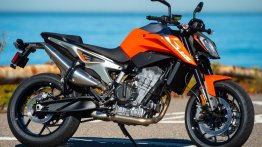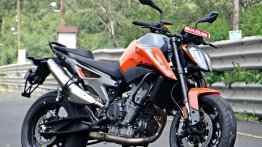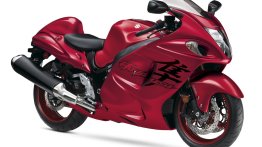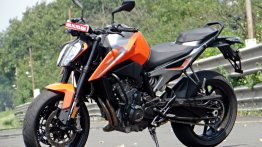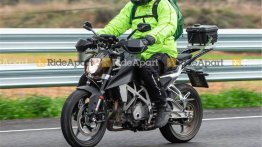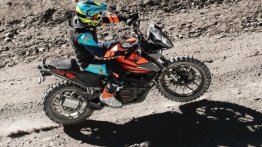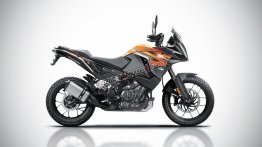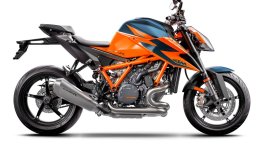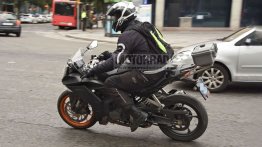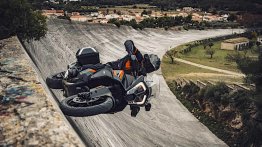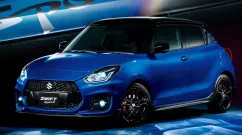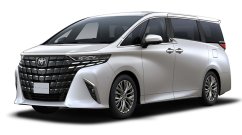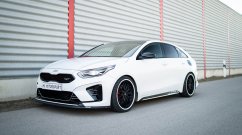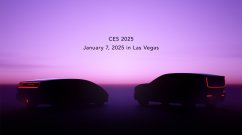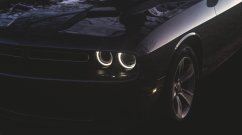After establishing itself in the Indian market with sub-400 cc motorcycles from 2012, KTM is has started pulling out the big guns. We got a chance to test the Austrian brand’s highest displacement product for the Indian market, the 790 Duke, on Bajaj’s Chakan plant for a first ride impression. Here’s what we learnt from our brief ride experience with KTM’s first parallel twin-cylinder engine powered product.
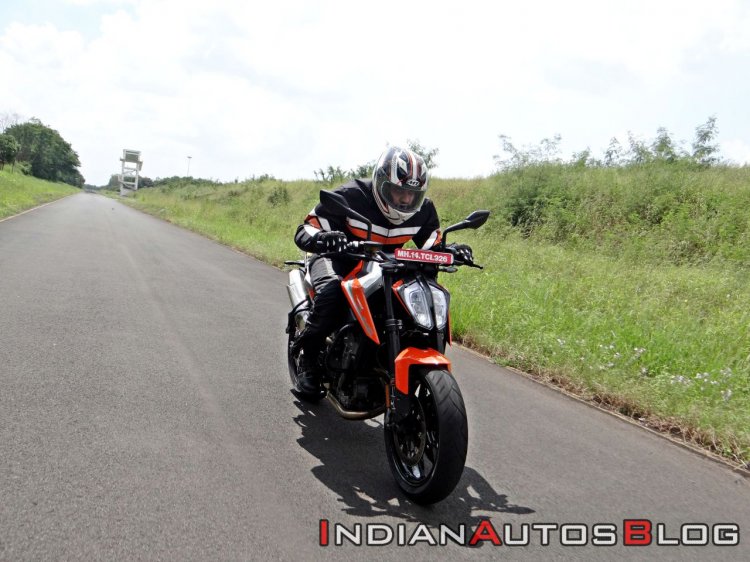
Also Read: KTM 790 Duke Power Parts for India revealed
KTM 790 Duke Styling
The 790 Duke packs the styling philosophy that has made the Duke series instantly recognizable. The full-LED headlight along with LED blinkers may remind you of the 390 Duke. However, the black finish to the mask with the orange borders distinguishes the 790 Duke from the smaller displacement sibling. The wider fuel tank further enhances the muscular looks of the 790 Duke.
The dual-tone fuel tank looks appealing and packs a decent amount of capacity too. The silver part on the tank is the actual fuel storage while the orange fibre panel aims to lend the motorcycle a beefed-up look. With a minimum amount of body panels, the 790 Duke proudly shows-off its sub-frame. The air-intakes on either side of the sub-frame get orange highlights. The sub-frame is bolted to a chrome-molybdenum tubular steel frame instead of a trellis unit that we see on the rest of KTM products, including the 1290 SuperDuke. The chassis uses the engine as the stressed member. At the back is a die-cast open-lattice swingarm.
The fuel tank is followed by a split-style saddle, and by a single-piece pillion grab rail. We’re used to the sporty split-style grab rails on KTM motorcycles, and the unit on the 790 Duke, although properly functional, does not look very sporty. Aftermarket bin should get you a pair of sportier grab rails.
The LED taillight and the blinkers are mounted on a stalk at the back. The design will not win any beauty pageants, but it’s very useful for folks who ride on the track very often. The entire assembly can be removed to make the 790 Duke track ready. Another styling feature that is aimed to offer better ground clearance, especially while taking a right-hand corner, is the tall-set exhaust. We have seen under-seat exhaust on many motorcycles (on naked roadsters) in the past, but the unit on the 790 Duke looks different. The exhaust did not cause any discomfort during the media ride, but we’re curious to test it with a pillion rider in real-life riding conditions.
The Indian-spec model comes standard with crash bars and a saree guard. Rest of the specifications match the international model.
KTM 790 Duke Electronics
We usually cover the electronics part into the rest of the review, but the 790 Duke packs so many of them, that it deserves a separate section. The instrument console on the 790 Duke includes a colour TFT-display (with Auto Brightness Adjustment) that’s compact, and yet packs a plethora of information. The home screen displays information such as gear position indicator, tachometer (redlines at 9,500 rpm), speedometer, fuel gauge, engine's coolant temperate gauge, selected riding mode, trip meters (1 or 2), distance to empty and ambient temperature.
The track mode brings a few changes to the layout, and the trip meters and the distance to empty gauge are replaced by Anti-Wheelie mode, launch control and Motor Slip Regulation level.
The safety features include switchable ABS, Motorcycle Stability Control with cornering ABS, lean-sensitive traction control, anti-wheelie and Motor Slip Regulation with power-assisted slipper clutch. The throttle response, traction control, power and anti-wheelie parameters are pre-set in Rain, Street and Sport mode while the Track mode can be customized as per the rider’s preference. Check out the settings in the table below:
| Mode | Throttle Response | Traction Control | Power | Anti-wheelie |
| Rain | Smooth | Maximum | Reduced | On |
| Street | Standard | Normal | Full | On |
| Sport | Direct | Reduced | Full | On |
| Track | Track
Sport Street |
9-levels adjustable | Full | On or Off |
The Track mode gives access to throttle response, 9-level slip adjustable traction control, launch control (can only be engaged after the first 1,000 km) and the anti-wheelie settings. The Motor Slip Regulation level can be adjusted via the switchgear (in track mode only) without getting deeper into the settings menu. Rest of the parameters, however, need to be toggled from the settings. The riding mode can be selected on the fly, although there is no shortcut (such as the long press of a particular button) to get quick access to the modes.
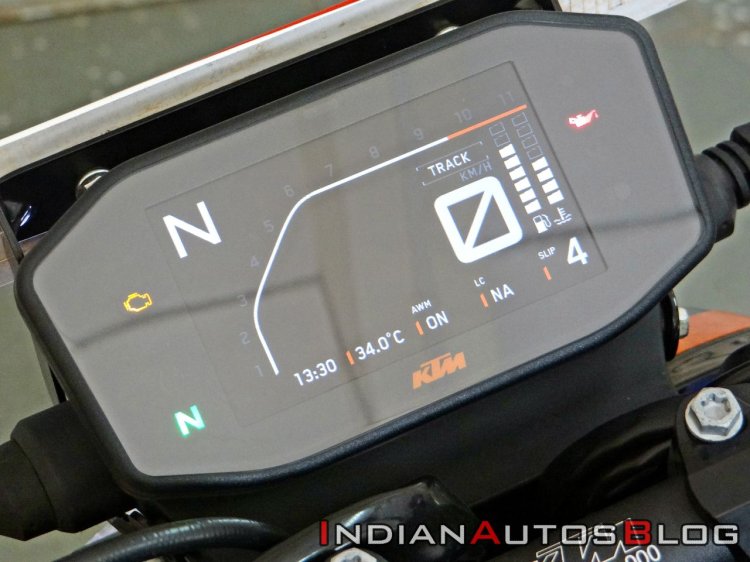
The comprehensive electronics package harness the lightweight/power-packed motorcycle.
KTM 790 Duke Engine and Braking Performance
The 790 Duke is the company’s first parallel twin-cylinder motorcycle. The Liquid Cooled, 8-valve, compact (LC8c) engine features horizontal split crankcase, forged piston and connecting rods, Nikasil coated cylinder sleeves and 2 balancer shafts. The 799 cc mill produces 105 hp of peak power and 87 Nm of maximum torque. The engine is linked to a six-speed transmission that benefits from a Quickshifter+ for clutchless up and downshifts. The motor features a 435-degree firing order that delivers a V-Twin character to the parallel-twin mill.
Here’s how the performance numbers stack against a few rivals:
| Model | KTM 790 Duke | Ducati Monster 797 | Triumph Street Triple S | Suzuki GSX-S750 | Kawasaki Z900 |
| Displacement | 799 cc | 803 cc | 765 cc | 749 cc | 948 cc |
| Engine | Liquid-cooled, 8-valve, DOHC, parallel cylinder | Liquid-cooled, 8-valve, DOHC, L-Twin cylinder | Liquid-cooled, 12-valve, DOHC, in-line 3-cylinder | Liquid-cooled, 16-valve, DOHC, inline four-cylinder | Liquid-cooled, 16-valve, DOHC, inline four-cylinder |
| Maximum Power | 105 hp | 73 hp | 113 hp | 113 hp | 125 hp |
| Maximum Torque | 87 Nm | 67 Nm | 73 Nm | 81 Nm | 98.6 Nm |
| Dry Weight | 169 kg | 175 kg | 166 kg | 215 kg (kerb) | 210 kg (kerb) |
| Price (Ex-showroom) | INR 8,63,945 | INR 8,60,000 | INR 9,19,500 | INR 7,52,038 | INR 7,69,900 |
The motor feels slightly uncomfortable under the 4,000 rpm mark, so it’s better to steer clear of that level. The parallel-twin starts to pull cleanly post 4,000 rpm with a noticeable bump in acceleration in the higher rev-band (5,500-6,000 onwards). The second gear will take you past 100 km/h before maxing out at around 110 km/h levels. The third will take you closer to 130 km/h while the fourth cog will hit a little over 150 km/h. The Chakan track’s long stretch saw a top speed of around 208 km/h with quite some steam left. A longer stretch can see even higher top-speed.
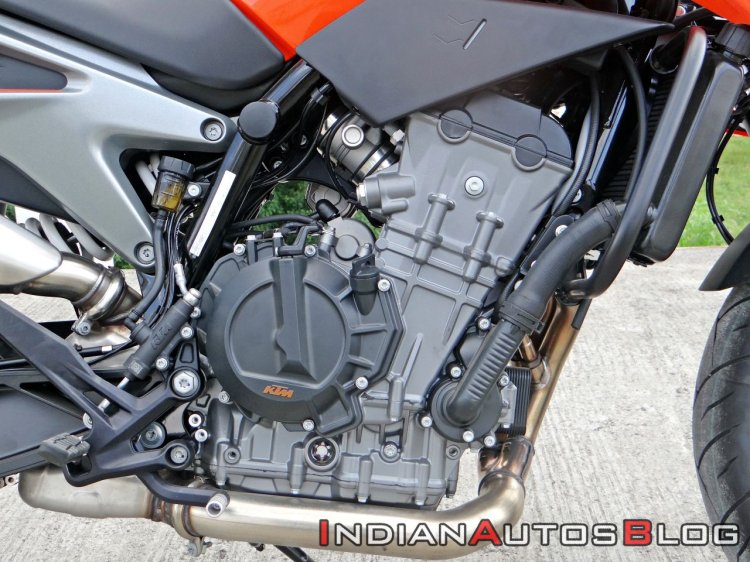
Figures mentioned above are speedometer indicated
The Quickshifter+ is absolutely smashing, as you go up and downshift the transmission, while the Traction Control and Motor Slip Regulation tech ensure safety. The gearbox feels crisp and precise, and we did not suffer any false neutrals or shifts during our short stint with the motorcycle on the Chakan track.
The braking department is equally potent. KTM’s decision to opt J.Juan over Brembo to develop the braking system raised a few eyebrows, but any concerns were resolved during the test ride. The braking department comprises twin 300 mm discs with four-piston radial fixed callipers at the front and a 240 mm disc with a single-piston floating calliper at the back. The hardware delivers a strong and progressive performance, as the 790 Duke sheds speed at a commendable rate. The ABS can be switched to Supermoto mode that turns off the safety net on the back wheel.
But can you really call it a Scalpel?
KTM 790 Duke Ride and Handling
Bajaj’s Chakan test track is relatively narrower with several tight corners, chicanes, fast bends and two commendably long straight stretches, and the KTM 790 Duke felt right at home. It’s agile and well behaved around the corners along with solid straight-line stability. The Maxxis Supermax ST tyres (120/70 R17 front and 180/55 R17 rear) were confidence-inspiring.
As it's a roadster, there is absolutely no windblast protection, although the optional windscreen (available via Power Parts for INR 7,868) should provide some solace. The city-friendly rider's triangle includes upright ergonomics, while the relatively rear-set footpegs add a touch of sportiness to the package.
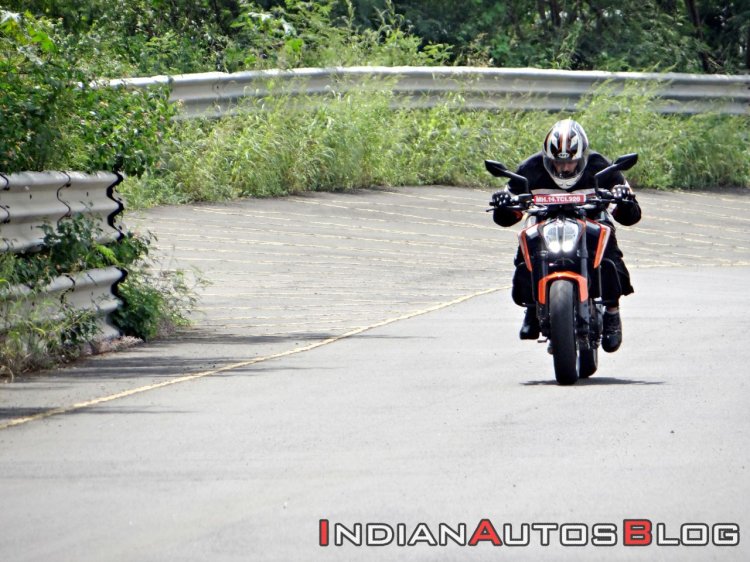
The shock absorption setup comprises 43 mm, open cartridge, upside-down WP forks with split function technology at the front that, surprisingly, aren’t adjustable. The rear monoshock from WP is gas-assisted and is pre-load adjustable. A WP sourced steering damper adds more function and premium-ness to the package. The setup felt friendly for the test track, although we cannot comment about its real-life performance until we ride it in the city (where finding bad roads isn’t a big task).
Adjustable suspension setup may be on the cards as a mysterious test mule of KTM’s middleweight roadster (with 790 stickers) was spotted with adjustable front forks and Brembo levers, thus hinting at a more premium version (790 R? Maybe). Of course, it’s difficult to make any estimations about the Indian launch of that model, and you may have to wait for a very long time.
So should you buy one?
KTM 790 Duke Verdict
Similar to the lower displacement models, the 790 Duke sets a new benchmark in the segment. It is power-packed, feature-rich and full of safety features, some of which are a segment-first, and this makes it an all-round package. The build quality feels solid and we did not hear any unpleasant rattling sounds from the motorcycle during the media ride.
There are, however, a few elements that do not work in its favour. KTM has been known for delivering feature-packed products at competitive pricing. The 790 Duke retails at INR 8,63,945, which hasn’t gone down too well with many prospective buyers. Moreover, unlike the 390 Duke, KTM MyRide is an optional extra, which will be available through the Power Parts.

Also Read: KTM India to focus on mid (200-390) segment over the next year
But if you consider the overall package – styling, power-to-weight ratio and comprehensive electronics – the KTM 790 Duke makes a strong case for itself. The motorcycle feels theatrical, without being too intimidating (for experienced riders). We would recommend you to walk into a showroom, test ride the motorcycle, and understand what it can do before you write it off because of the premium pricing. You might just change your decision.














































































